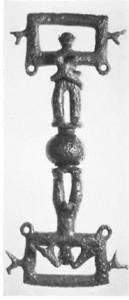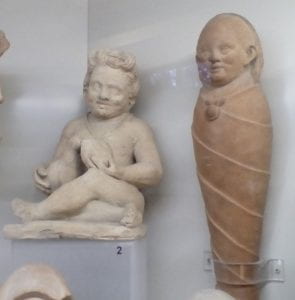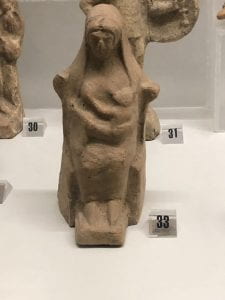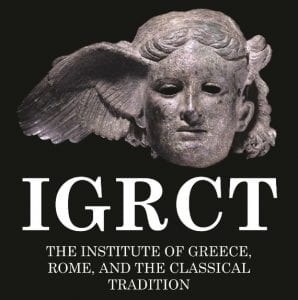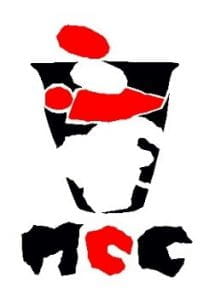Villa dei Misteri, Pompei, 1st century B.C.
This project aims to foster the study of infancy and childhood in past and present urban societies to determine the effects of cultural-political environments and technological changes on these practices, and vice-versa.
This is important because in societies with no use of contraception breastfeeding duration is linked to fertility, which in turn affects demographic growth and ultimately economic and urban growth (demographic transition). Only archaeology provides large longitudinal datasets to test such links and enable interpretations that can inform current health policies and medical research strategies.
My current research focuses on central Italy during the first Millennium BC, a period associated with increasing urbanisation, class differentiation, and changing weaning practices. Using this context as case study this project aims to build a wider comparative and global inter-disciplinary debate in order to produce informed opinions that will be able to shape Current Policies in Health and Education.
In order to reach this objective this project will entail the organization of an interdisciplinary workshop, the creation, in collaboration with IsoArch.eu of a database with Isotopic measures related to infant feeding practices in the Mediterranean from Pre-history to the middle Ages, outreach activities including seminars, lectures, public events, activities with the school and also journals publications and conferences presentations as detailed in the pages from the menu above.
By doing this this project will also build the premises for a longitudinal study of childrearing practices in Pre-Roman and Roman Italy to test the demographic transition hypothesis on the first Urban Revolution in Western Europe.
1 2 3
1 –Bronze horse trapping from a female burial, with breastfeeding woman, early 8th century BC (Castel di Decima, Lazio, Italy, Museo Nazionale Romano)
2- Terracotta votive offering, playing child and swaddling infant, 3th-1st century BC (Vulci, Votive Deposit of the North Gate, Lazio, Italy, Villa Giulia Museum)
3- Terracotta votive offering, breastfeeding woman, 450-350 BC (Veio, Portonaccio Sanctuary, Lazio, Italy, VIlla Giulia Museum)
Sponsored by: The Bioethic, Biolaw and Biosociety Research Strand of the Elizabeth Blackwell Institute, The Institute of Greece, Rome and the Classical Tradition and Arts and Humanities Faculty Research Seeds Funds, University of Bristol


